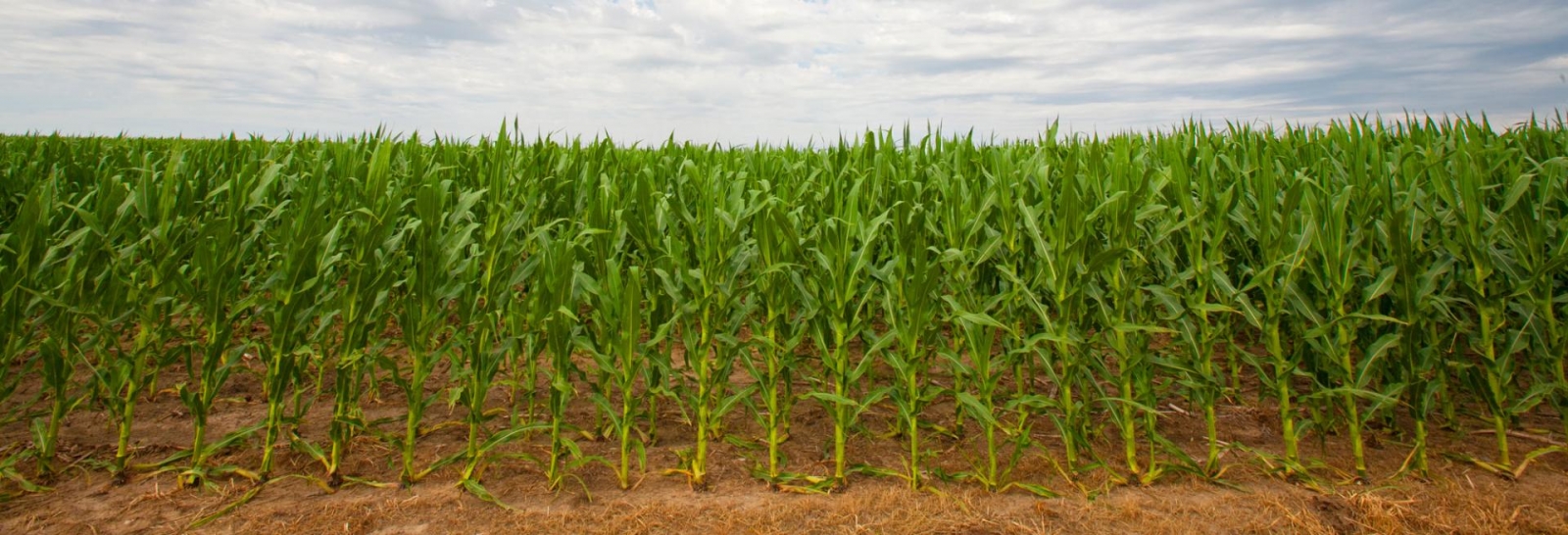With tight crop margins for the 2017 growing season, many farmers are looking for ways to cut input costs without hurting yields. One way to do this is by giving the appropriate nitrogen credit when calculating how much N to apply to corn grown after a prior alfalfa crop.
| Table 1. Estimated nitrogen credit from alfalfa. | ||
|---|---|---|
| Plant stand at termination | Alfalfa N Credit | Alfalfa N Credit (lb N/ac) |
| 70-100% stand, >4 plants/ft2 | 150 | 100 |
| 30-69% stand, 1.5-4 plants/ft2 | 120 | 70 |
| 0-29% stand, <1.5 plants/ft2 | 90 | 40 |
When alfalfa is terminated, decomposing alfalfa shoots, crowns, and roots provide N to subsequent corn crops. The contribution of N from alfalfa and subsequent reduction in the fertilizer N requirement for corn is known as the alfalfa N credit. The alfalfa N credit can vary from 40 to 150 lb N/ac depending on soil type and alfalfa plant stand. (See Table 1, adapted from "Fertilizer Suggestions for Corn" (Nebraska Extension NebGuide EC117.)
In this study, we investigated the variation in yield across fertilizer N rates in irrigated farmer fields planted with corn after a prior alfalfa crop, assessing the potential for reducing N fertilizer inputs without hurting yields. For this analysis, we used farmer field data on yield and applied N fertilizer collected by the Central Platte NRD from 2004 to 2010. We selected irrigated fields planted with corn after a prior alfalfa crop in three counties (Buffalo, Hall, and Merrick) and excluded fields affected by hail or flooding and those that had received manure application.

Selected fields were grouped into six classes depending upon the applied N fertilizer:
- <90,
- 90-110,
- 110-130,
- 130-150,
- 150-170, and
- >170 lb N/ac.
In order to graphically show the range of corn yields across farmer fields, for each N fertilizer class, we used a statistical technique called “box plots.” For each fertilizer rate range:
- the box represents 50% of the fields,
- the box plus the vertical bars account for 80% of the fields, and
- the range between the top and bottom dots includes 90% of the fields.
The median value (50% of the fields lie above this line and 50% below) is indicated with a horizontal line inside each box. We also included the average yield (values inside boxes) and number of observations (numbers in parenthesis at the bottom of the chart) for each fertilizer N class. Different letters, on top of the boxes, indicate statistically significant differences in corn yield among N rate classes (Tukey’s test, P<0.05).
The most important finding of the analysis is that there was no difference in corn yield across fertilizer N rates ranging from 90 to 170+ lb N/ha, with yield consistently averaging about 200 bu/ac. Despite this, it was remarkable that 80% of the famer fields received fertilizer N rates larger than 110 lb N/ac, with most of them receiving 150-170 lb N/ac. This finding suggests that most farmers are not applying the proper N credit when fertilizing corn after alfalfa, highlighting the large room that exists for reducing costs (and environmental footprint) associated with N fertilizer in corn after alfalfa with little risk of hurting corn yield.
Analysis of the data also revealed that average corn yield in fields that received fertilizer N applications smaller than 90 lb N/ac was substantially lower (by 27 bushels) than average yield of fields that received larger N rates (>90 lb N/ac). However, there was large variation in yield across fields that received little N fertilizer, ranging from 110 to 225 bu/ac, and some of these fields achieved yields similar to those in fields that received larger fertilizer N rates. We speculate that the wide yield range with low fertilizer N rates can be attributed to variation in residual soil N and groundwater N from irrigation across fields and variation in soil type and alfalfa plant stand at termination, and, hence, different N credit from the prior alfalfa crop (Table 1). Unfortunately, we did not have data to test these hypotheses.
Table 2 shows the potential cost savings that can be realized by reducing the current N rate in corn by assigning the proper alfalfa N credit. Cost savings were calculated for the different alfalfa N credits listed in Table 1 (from 40 to 150 lb N/ac) and fertilizer N prices (from $0.20 to $0.60 per pound of N). For example, a farmer who applies an alfalfa N credit of 120 lb N/ac (medium-fine soil texture and 30-69% stand at termination) could save $48/ac (fertilizer priced at $0.40/lb N). This is equivalent to $6,240 for a 130-acre pivot-irrigated field and potentially with little risk of a yield penalty!
| Table 2. Dollars saved per acre by reducing the nitrogen (N) fertilizer rate in corn after alfalfa by assigning the proper alfalfa N credit for different fertilizer N prices. | |||||
|---|---|---|---|---|---|
| N rate reduction (lb N/ac) | $0.20/lb N | $0.30/lb N | $0.40/lb N | $0.50/lb N | $0.60/lb N |
40 | $8 | $12 | $16 | $20 | $24 |
70 | 14 | 21 | 28 | 35 | 42 |
90 | 18 | 27 | 36 | 45 | 54 |
100 | 20 | 30 | 40 | 50 | 60 |
120 | 24 | 36 | 48 | 60 | 72 |
150 | 30 | 45 | 60 | 75 | 90 |
Conclusions
The key take-home message from this analysis is that for most Nebraska farmers growing corn after alfalfa, there is room to reduce fertilizer N rates without hurting yield, by assigning the proper N credit when calculating the N fertilizer requirement. Information on how to calculate fertilizer N rates for corn and assign the proper alfalfa N credit can be found in this resource: "Fertilizer Suggestions for Corn" (Nebraska Extension NebGuide EC117).

